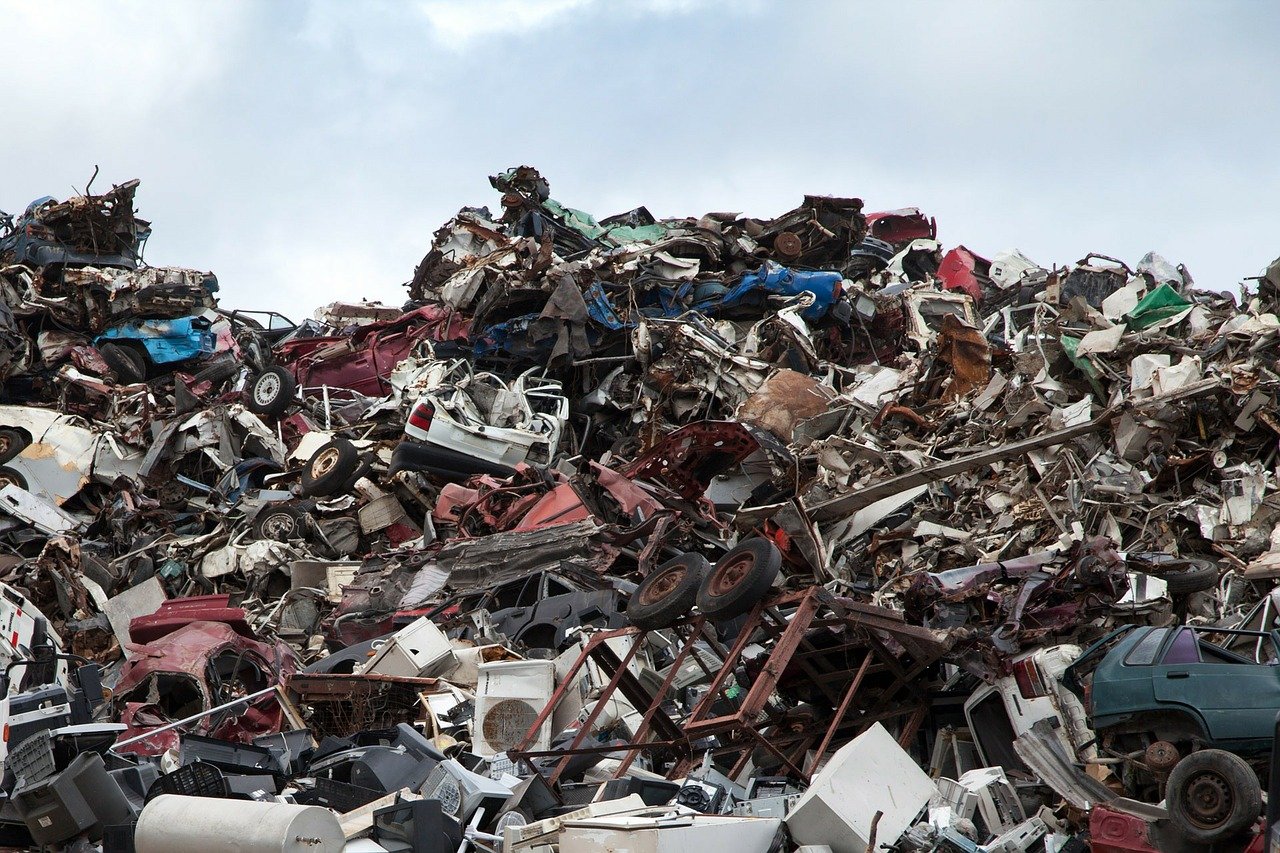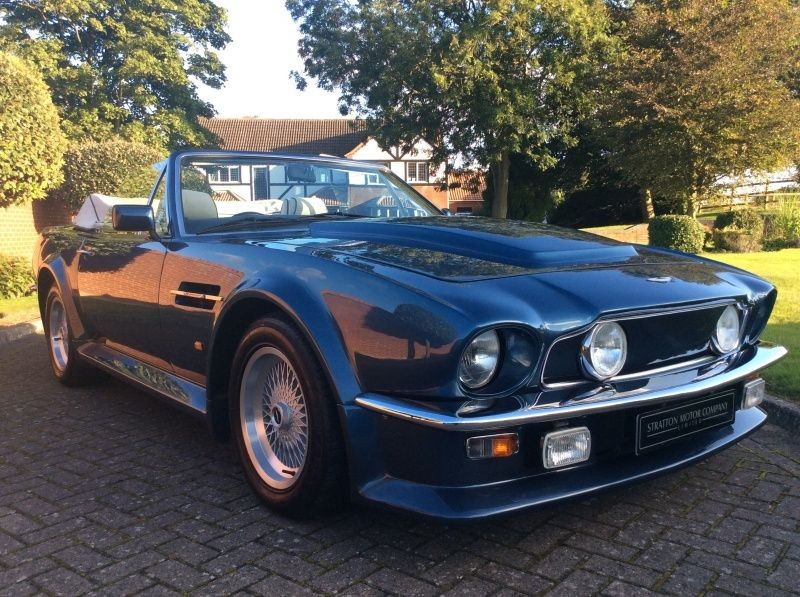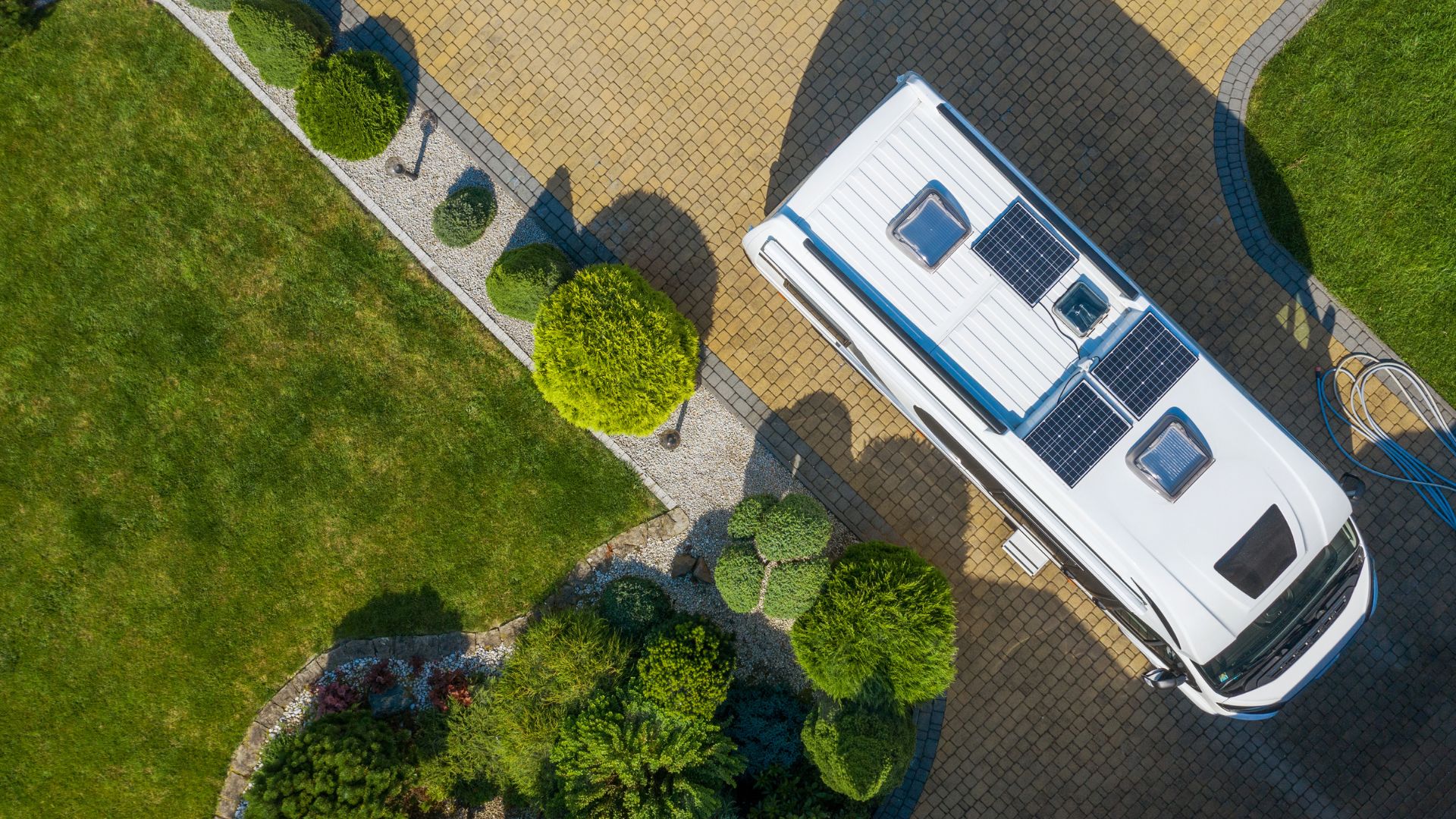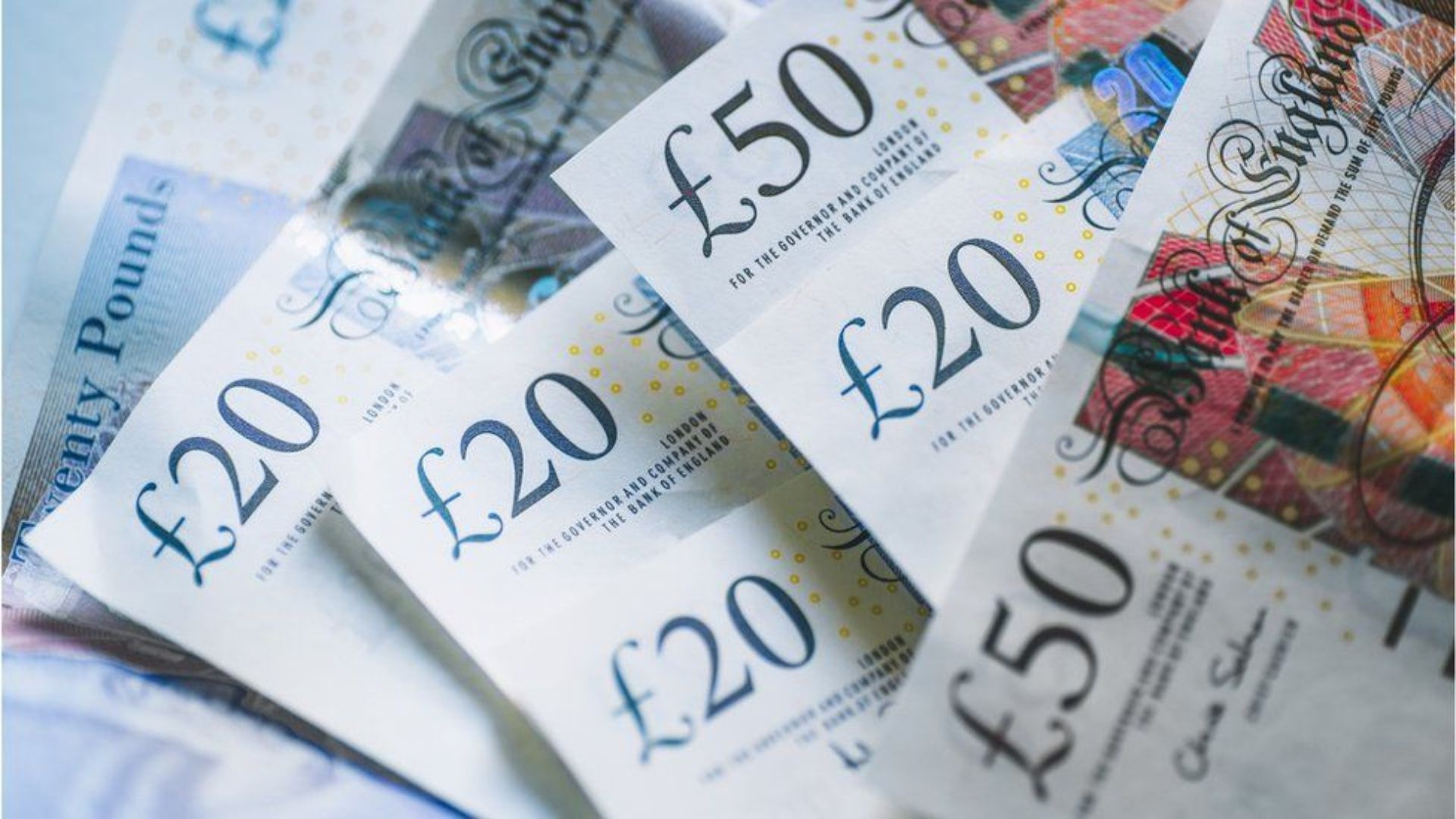Over the last two decades, the automotive industry has advanced massively, that coupled with a number of steps taken by the government to meet carbon emissions targets have seen the number of classics on our roads dwindling.
There was the scrappage scheme, the removal of 4-star fuel and of more recently the announcement of new e10 fuel which could mean extensive mechanical modifications for classic cars.
Many cars of the 90s no longer exist, destined to the scrap yard, traded in under a scrappage scheme which saw large discounts for people purchasing a new, more efficient vehicle which was aimed to help boost the economy from the recession and help the country meet emissions targets.
Cars used to be much simpler than they are today, as with most other industries like white goods, nothing is built to last in the way it once was. Cars are made to be largely recyclable and rely on computer systems which make them notoriously difficult to fix at home. When I was younger my dad had Haynes manuals and managed to repair cars himself on the driveway. Today, that’s a difficult task. If a light pops up on the dashboard, we take our vehicle to the garage, where a mechanic plugs it in and diagnoses a fault. These electronic onboard computers can make vehicles more expensive to repair, even changing a tyre can trigger computer faults due to sensors. Which begs the question, how many of today’s cars will still be around in thirty to forty years?
Modern manufacturers are embracing electricity, the emissions scandal that rocked Volkswagen and some other manufacturers who managed to utilise these computer systems to trick the system have made many not trust the emissions of petrol and diesel vehicles with EV’s tipped to be the future of vehicles. The government have even set targets to make all cars sold electric by 2040, with urges to bring this forward a decade to 2030.
The culmination of all of these events could mean the loss of our heritage, with classic vehicles having no fuel to power them readily available designating them to be mere museum objects, ornaments to look upon rather than driven and enjoyed in the way they are meant to be.
Modern cars lack the connection with the road that classics possess. Computers take over and control things, steering is now electric making it light as a feather and self-driving cars threaten to make driving extinct altogether.
Owners and preservers of classic cars are therefore guardians, whose task it is to preserve these beautiful machines so they are not lost forever. The thrill gained by driving a hot hatch brings, the smiles evoked by driving an air-cooled bug or camper, or the handling of a Lotus Elan cannot be lost and consigned to history books. It is up to us, the lovers of classics, the petrol heads and the tinkers to preserve and save these precious vehicles and keep fighting for them.







Leave A Comment